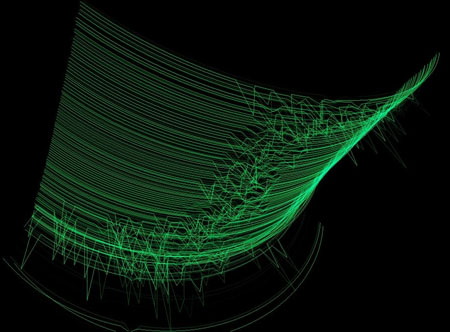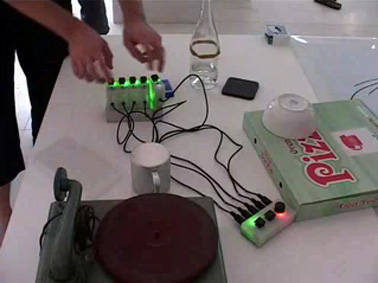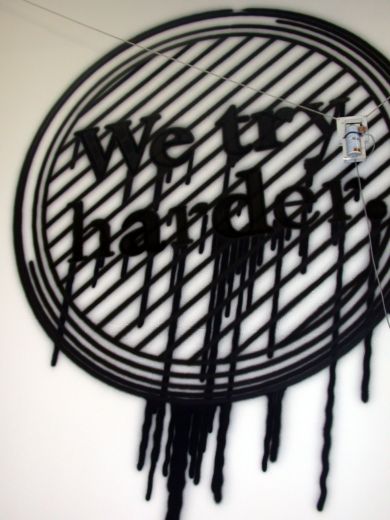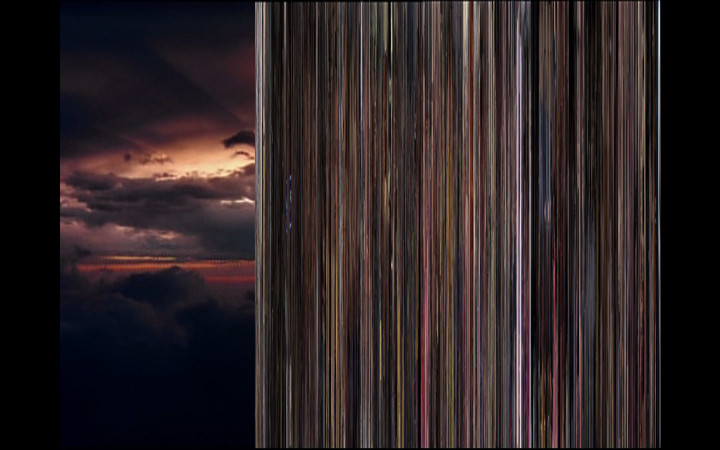
»CocoaGL film stills (Langoliers)« by Tom Smith. CocoaGL is a bespoke computer program designed to break down a film into its constituent frames. If a short film is made up of 100 frames, CocoaGL will split the screen into 100 vertical/horizontal lines or 100 concentric squares. As the film plays the 1st 100th of the 1st frame will be frozen, then the 2nd 100th of the 2nd frame will be frozen and so on until all 100 100ths have been frozen and the entire film turned into a still image.
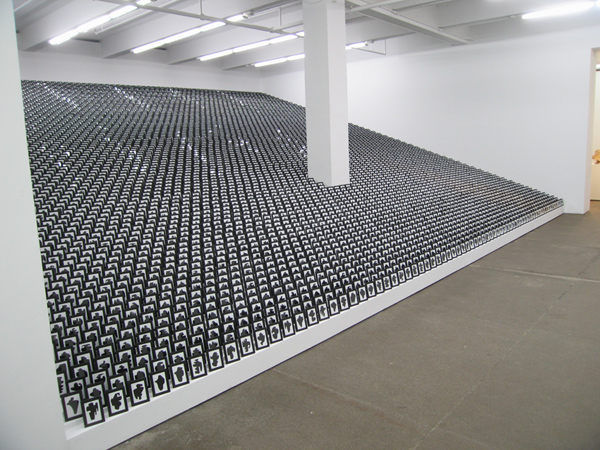
In »The Shapes Project«, 2006, Allan McCollum designed a new system to produce unique two-dimensional “shapes.” This system allows him to make enough unique shapes for every person on the planet to have one of their own. It also allows him to keep track of the shapes, to insure that no two will ever be alike.
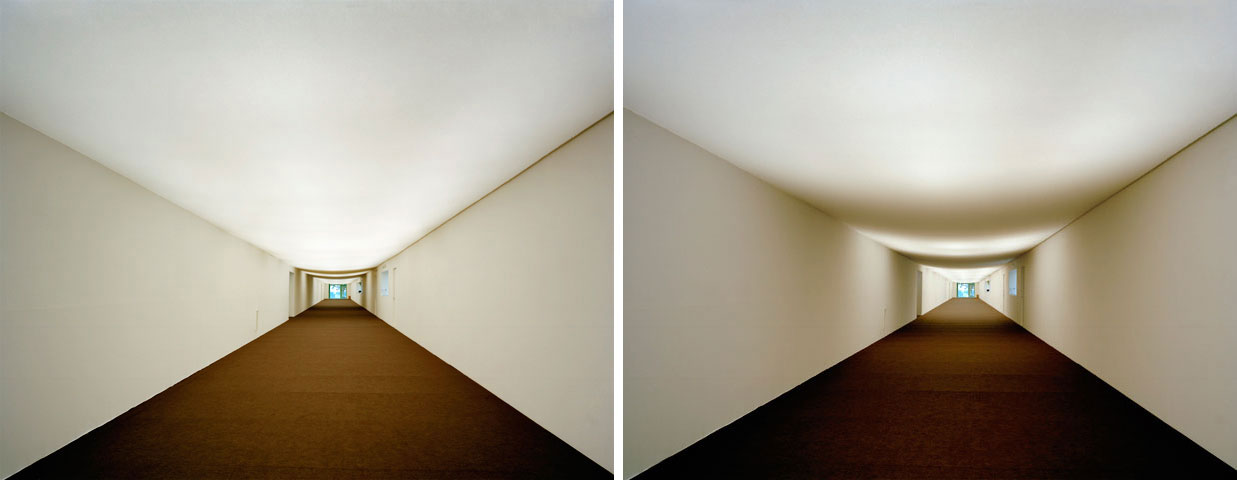
“The Wavering Skies” by Germaine Kruip. A slow moving shadow is created by 300 computer-controlled halogen lamps hung above a translucent fabric ceiling.

»Turing Train Terminal«, 2004 by Severin Hofmann and David Moises.
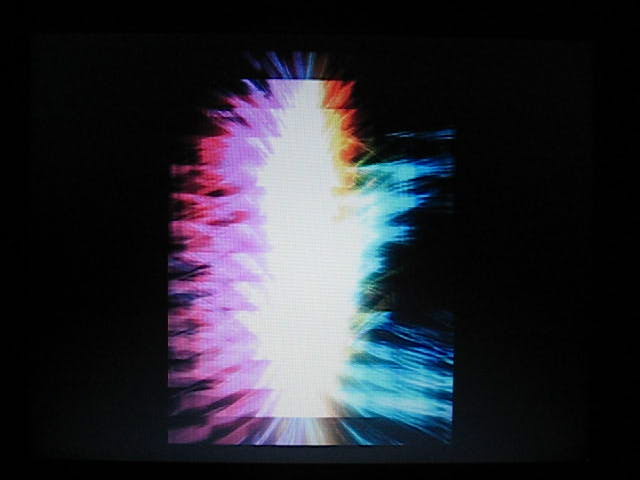
»INFINITY X 10« (program to repeat the scene “The Infinite and Beyond” from “2001: a Space Odyssey” ten times, offset by a frame) by Charles Broskoski.

“OGLE: The OpenGLExtractor” by Eyebeam R&D. Example: 3D-printing Google Earth Buildings. “OGLE” is an open source software package by the Eyebeam OpenLab that allows for the capture and re-use of 3D geometry data from 3D graphics applications.

“A Small Migration” by Shawn Decker.
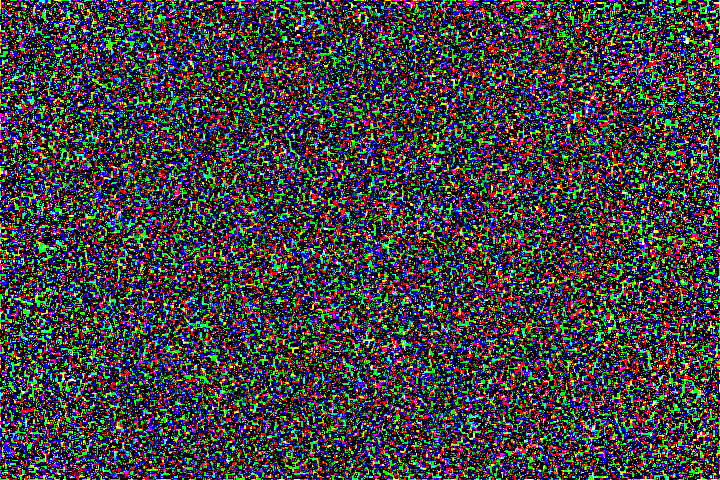
»Borders and Boundaries«, 2007 is an animation made from repeating the “find edge” filter in Photoshop. By Charles Broskoski.
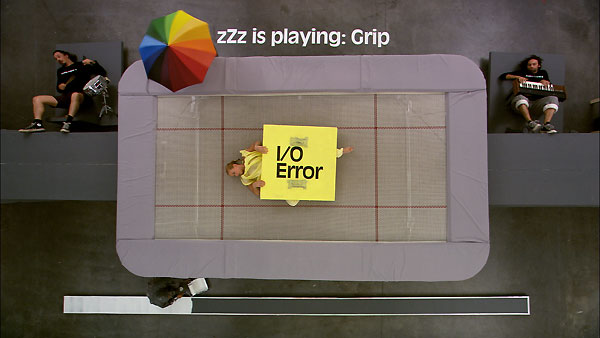
“Grip” – video for the band zZz by Xelor (Roel Wouters) and
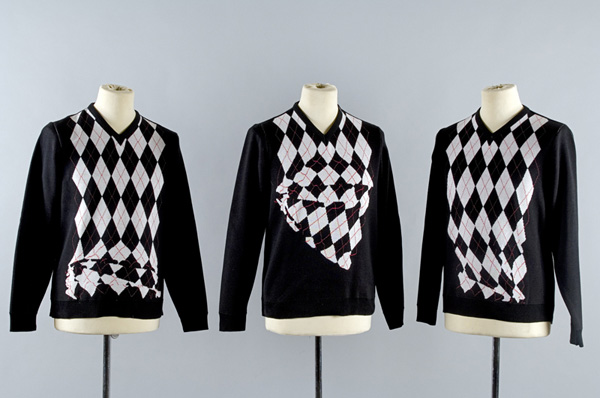
“The Argyle Pullover” by Poly-Xelor (collaboration with Luna Maurer).
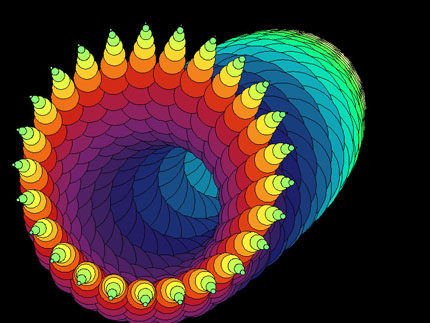
»Seed of Worms« (demos unreleased “trail” feature) is a video made with »Whorld« software. Whorld is a free, open-source visualizer for sacred geometry. By Chris Korda.

Family album images of demonstrations by Church of Euthanasia and Chris Korda.
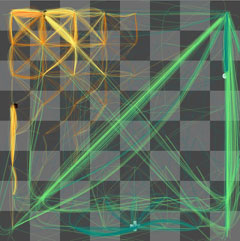
»Thinking Machine 4«, 2004 explores the invisible, elusive nature of thought. It is an artificial intelligence program, ready to play chess with the viewer. If the viewer confronts the program, the computer’s thought process is sketched on screen as it plays. A map is created from the traces of literally thousands of possible futures as the program tries to decide its best move. Those traces become a key to the invisible lines of force in the game as well as a window into the spirit of a thinking machine. By Martin Wattenberg and Marek Walczak.
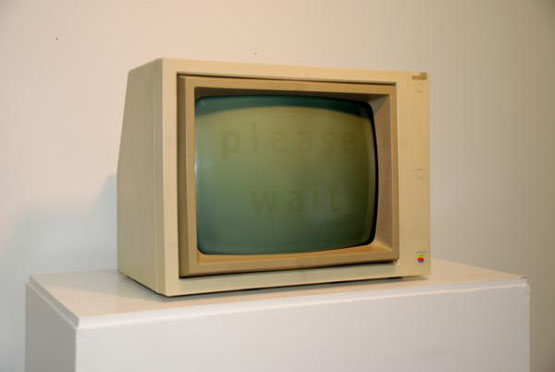
»Screen Burn (please wait)«, 2005. Steven Read wrote a software program in Apple II Integer Basic that displays an image on the monitor’s screen. Then he ran the program continuously for about 6 months. The software image was eventually burned into the screen because the internal phosphor compounds which emit light lost their luminosity and left behind a ghostly trace. The ‘please wait’ text is actually an image which took over 1000 lines of software code to create. The old Apple II operating systems (DOS 3.x, ProDOS, etc.) did not come with any font facilities, if you wanted a font you had to code it from scratch.

Sustainable, a kinetic sculpture comprised of seven water gong agents that are networked via water and strive toward equilibrium according to a simple water access algorithm; by David Birchfield.

“tennisMusicmusicTennis” and

“Clean Windows” by Matt Volla.
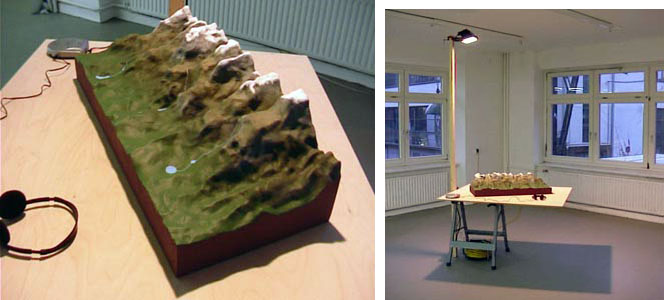
»Wichita Lineman 1:3000 Scale«, 2001. The work derives from audio data of the 70′s country and western song “Witchita Lineman” (listen) by Glen Cambell. The landscape was generated from contour maps created from computer modelling data of the original song file. Computer audio visualisation processing software was employed to reconstruct the song using a series of 2D and 3D computer generated models from which the final version was modeled in clay and cast in glass-reinforced plastic. The geology of the landscape is a direct copy of the computer model created from the the song data and gets its characteristics from the XYZ axis of time-frequency-volume. By Calum Stirling.
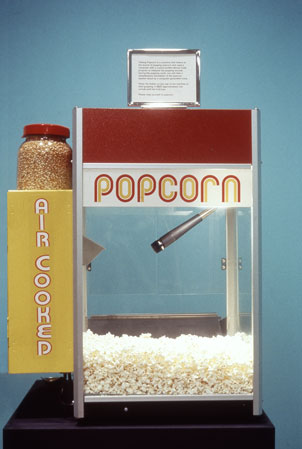
»Talking Popcorn« is a sound sculpture that evolved out of Nina Katchadourian’s interest in language, translation, and Morse Code. A microphone in the cabinet of the popcorn machine picks up sound of popping corn, and a computer hidden in the pedestal runs a custom written program that translates the popping sounds according to the patterns and dictates of Morse Code. A computer generated voice provides a simultaneous spoken translation.


Video -and soundexperiments in the context of performance, installation and cinema by billy roisz/gnu.


